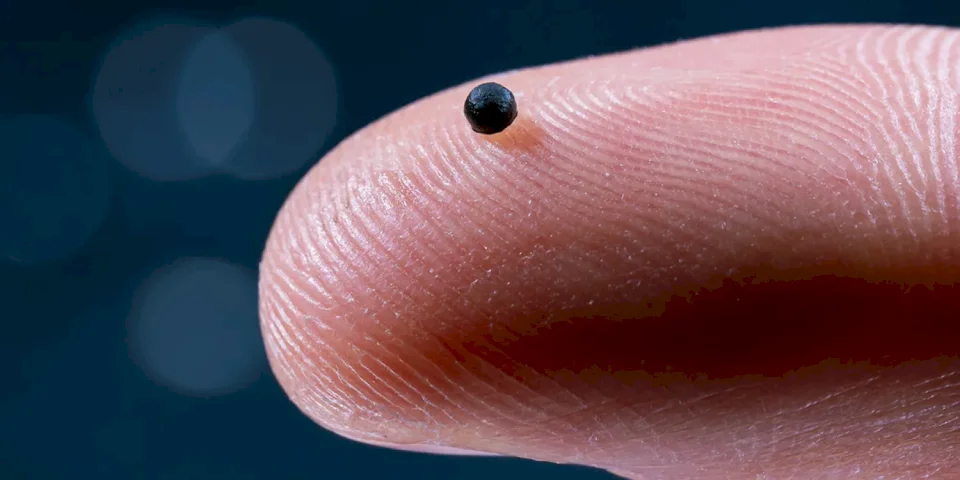
The Size of a Sand Grain... A Robot That Can Enter Blood Vessels and Deliver Drugs Precisely
SadaNews - Swiss scientists have developed a robot the size of a grain of sand, controlled by magnets, capable of delivering drugs to precise locations within the human body. This innovation represents a significant achievement aimed at reducing the severe side effects that hinder the advancement of several drugs in clinical trials, according to the Washington Post.
Bradley J. Nelson, the author of the research published in the journal Science and a professor of robotics and intelligent systems at the Swiss Federal Institute of Technology in Zurich, stated, "We are still at the beginning of the road." He added, "I believe that surgeons will consider this robot. I am sure they have many ideas about how to use it."
Nelson indicated that this magnetically operated capsule could also be valuable in treating aneurysms, aggressive brain cancers, and abnormal connections between arteries and veins known as arteriovenous malformations.
The capsules have been successfully tested on pigs, which have blood vessels similar to those in humans, and on silicone models of human and animal blood vessels. These silicone models are used in medical training.
Nelson noted that microrobots for drug delivery of this type may take between 3 to 5 years before being tested in clinical trials.
The problem faced by many drugs under development is their distribution throughout the body rather than targeting the intended area only. For instance, when we take aspirin for a headache, it is absorbed into the bloodstream and spreads throughout the body.
One of the main causes of side effects in patients is the transfer of drugs to parts of the body that do not need them.
However, a surgeon can direct the capsules developed in Switzerland to precise locations using a device not much different from a PlayStation controller. The guidance system includes 6 electromagnetic coils placed around the patient, each with a diameter of about 8 to 10 inches.
The coils create a magnetic field that can be used to push the capsule in one direction or pull it in the opposite direction.
Nelson stated, "By combining and controlling these fields individually, you can achieve the precise type of movement you want through blood vessels or cerebrospinal fluid."
The magnetic field is strong enough to move the capsule even when it is moving against the blood flow.
The capsules are made from materials safe for use in other medical instruments. These materials include tantalum, a dense silver metal used for contrast so that doctors can see the capsule on X-rays, and microscopic particles made from iron and oxygen with magnetic properties.
Although the capsule moves quickly within the body, doctors can track its journey through the blood vessels via X-rays.
Nelson said that when the capsule reaches its destination in the body, "we can stimulate the capsule to dissolve."
This study published in the journal Science has generated excitement in the robotics field.
Haoqi Shuai, a professor of robotics and biomedical engineering at Carnegie Mellon University, remarked, "I try not to exaggerate, but this work - in terms of its ability to provide high-precision care - is the most exciting among all the research I have seen."

Teenagers Prefer Talking to Chatbots Over Humans

The Size of a Sand Grain... A Robot That Can Enter Blood Vessels and Deliver Drugs Precise...

High Demand for Memory Chips May Raise Smartphone Prices... What's the Story?

"TikTok" Allows Users to Reduce AI-Generated Content

Study: Smoking One Cigarette a Day Harms the Heart at All Levels

First booster of the developed SpaceX rocket fails during test

Almonds or Pistachios: Which is Better for Heart Health and Blood Sugar?

